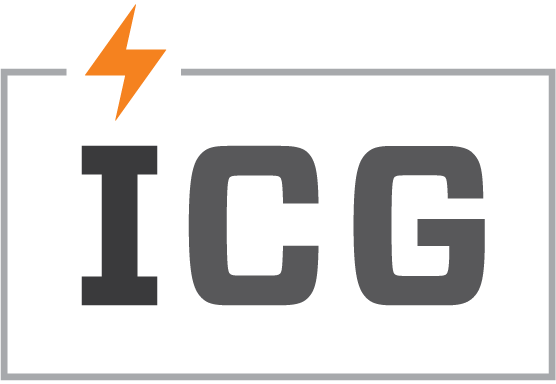The manufacturing industry is constantly evolving to maximize production and shave down overhead and inefficiencies. The industry's rapid pace of change demands embracing agility, innovation, and strategic decision-making to remain effective and competitive. With technology and processes evolving rapidly, businesses must leverage information-driven frameworks to set clear objectives and measure progress effectively. You also need an ERP system that matches your growth and keeps up with consistent evolution. This blog post explores essential practices for manufacturers using VISUAL ERP, emphasizing the importance of defining target outcomes and implementing robust automation. From maximizing productivity to embracing automation, manufacturers will uncover actionable insights to thrive in a competitive environment.
|
|
Drive Decision-Making Decision-making is no longer solely about collecting data; it's about extracting actionable insights from information to drive strategic advantage. Beyond raw data, manufacturers must seek contextual insights that provide a deeper understanding of their operations, market trends, and customer preferences. Implementing robust business intelligence (BI) systems enables manufacturers to transform data into meaningful information that supports decision-making at all levels of the organization. BI tools, such as Tableau and Power BI, offer intuitive custom dashboards, customizable reports, and visualizations that empower decision-makers to explore data and gain actionable insights in real-time. By harnessing the power of information and leveraging it to drive strategic decisions, manufacturers can gain a competitive edge, optimize performance, and achieve sustainable growth.
|
|
|
Make and Track Target Outcomes Define clear target outcomes during the planning phase of new initiatives to enable seamless progress measurements post-launch. Whether improving production efficiency, reducing downtime, or enhancing product quality, establishing clear goals ensures that your efforts are aligned with your overall business objectives. Monitor productivity and satisfaction metrics to ensure new tools and technologies facilitate the desired outcomes. By tracking KPIs, you can swiftly identify areas for improvement and optimize your processes for peak performance.
|
|
|
Leverage Automation Manufacturers can streamline operations, boost productivity, and drive cost savings by automating repetitive administrative tasks and routine processes. Automating repetitive tasks such as data entry and order processing eliminates the risk of human error and ensures accuracy and consistency. With automation, tasks that once consumed valuable time and resources can now be completed in a fraction of the time, allowing your workforce to focus on more strategic initiatives. Automation leaders like VISUAL Shop Floor, Portable Intelligence, and ICG's MFGStream consistently innovate to ensure your processes are as up-to-date and efficient as possible. |
As manufacturing continues to evolve, adaptation and innovation remain essential for success. By implementing information-driven frameworks, setting clear target outcomes, and tracking progress effectively, manufacturers can navigate challenges and seize new opportunities. At ICG, we understand the complexities of the manufacturing industry and are committed to supporting businesses in achieving their strategic goals. As a trusted partner, we offer tailored solutions and expertise to help organizations optimize operations, drive efficiency, and stay ahead of the competition. With ICG's guidance, manufacturers can harness the power of information, embrace automation, and unlock their full potential for growth and success.
Interested in learning more? Contact us today!
VISUAL ERP Quick Tip: Shop Floor Mobile Scheduling Dispatch is a web-based module that can run on a smart phone, tablet or computer. It provides the same data as a dispatch report, and also provides a real-time view into the status of the work order, available capacity, and backlog.

